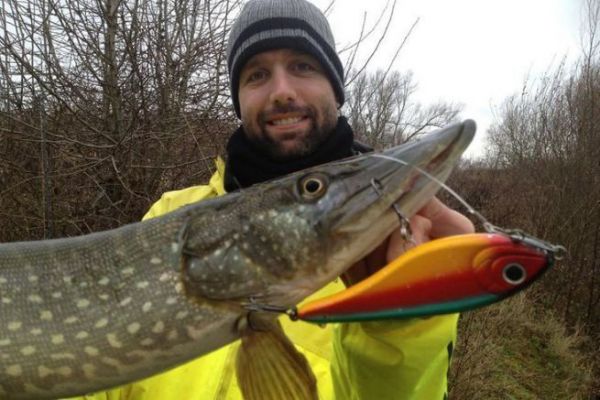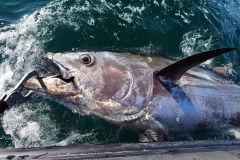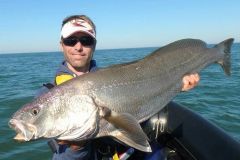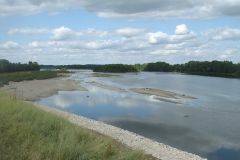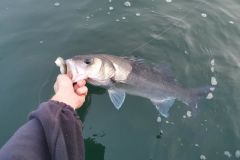What is a pattern?
A pattern is a fishing plan, a combination of different parameters that enable you to catch fish (as many as possible) at a given moment in a defined area. In a body of water, whether a river or the ocean, fish will be found in a defined area. Elsewhere you won't find anything, so it's important to define this area and how to catch them.
The pattern is therefore a combination of :
- One position
- One moment
- A technique
- A decoy
For example, "I fish for pike on the windy bank with colourful, fast-moving jerkbaits".
These parameters can be :
- The season
- Time of day and weather (wind, sun, clouds, stability, etc.)
- The color and height of the water
- Tidal moment or current
These parameters will then define :
- The fishing location in terms of depth, cover, orientation in relation to wind or current, etc.
- The technique used
- Type of lure
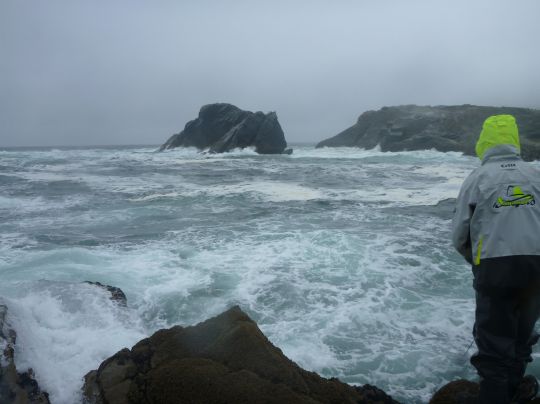
Patterns are many and varied
What's important to understand is that sometimes there's just one pattern and sometimes there are several different patterns that work, and the aim is to define the most profitable one.
On the other hand, the pattern can be time-limited and change over the course of the day according to light and weather conditions.

Imagining predator behavior
To define and find the right pattern, you need to call on your experience and analysis of the environment and conditions. Depending on the season, weather, time of day and other parameters, fish will have different holding areas and will focus their feeding on different prey. Similarly, their behaviour can vary, from hunting to resting, and this will influence the technique and lure used.
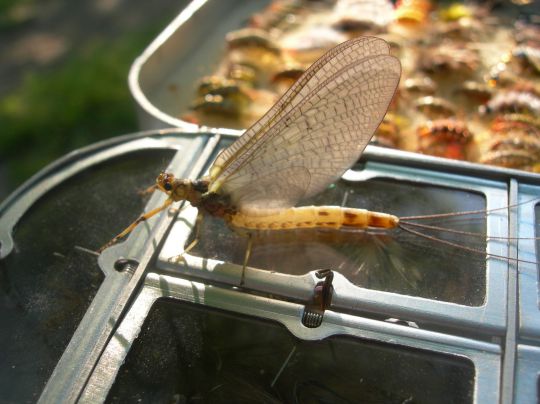
Have an A, B and C plan
The best strategy for defining a pattern and being able to adapt during the day is to have a main option, the one that seems the most obvious in view of the parameters encountered on the day. But also to have a plan B and C in case your first analysis isn't the right one, or if conditions change during the day.
While it's obvious that the absence of a key should lead you to revise your pattern, either partially or in its entirety, you need to analyze the keys you have, particularly those that are missed.
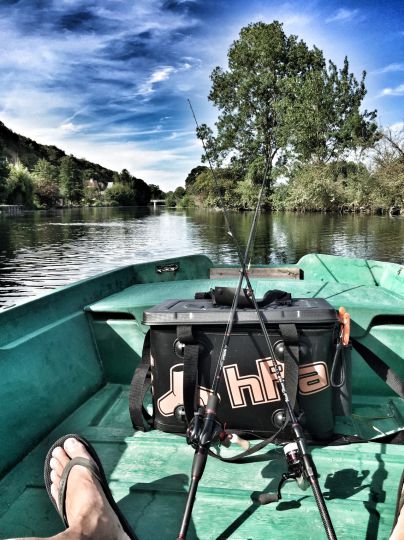
Information received from your lure
If your lure can give you an indication of the depth or nature of the substrate, it can also give you a lot of information about the quality of your pattern. In fact, if the fish are only following you or you're getting discreet bites that are impossible to hook, you're probably not far off the mark. In the same way, the way the fish are hooked gives you a good indication of whether they have attacked your lure straight away or with restraint.
In the case of missed bites or follow-ups, you've set the right spot at the right time. But there's probably an error in the technique used, in the presentation or in the choice of lure (type, color, sound, volume). So you need to keep varying your animations and changing lures or lure parameters to find the missing link.
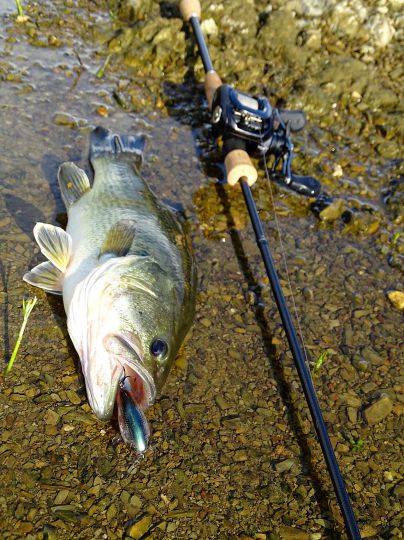
There may be a better pattern
There are often several patterns, techniques and lures that work, and fortunately so. However, when you think you've found the one of the day, it's a good idea to keep looking, because there may be one that's even more productive or that will allow you to catch bigger fish!
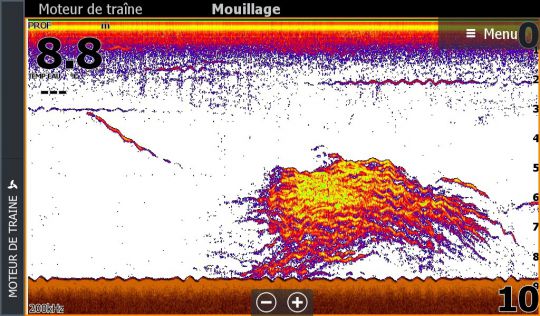

 /
/ 